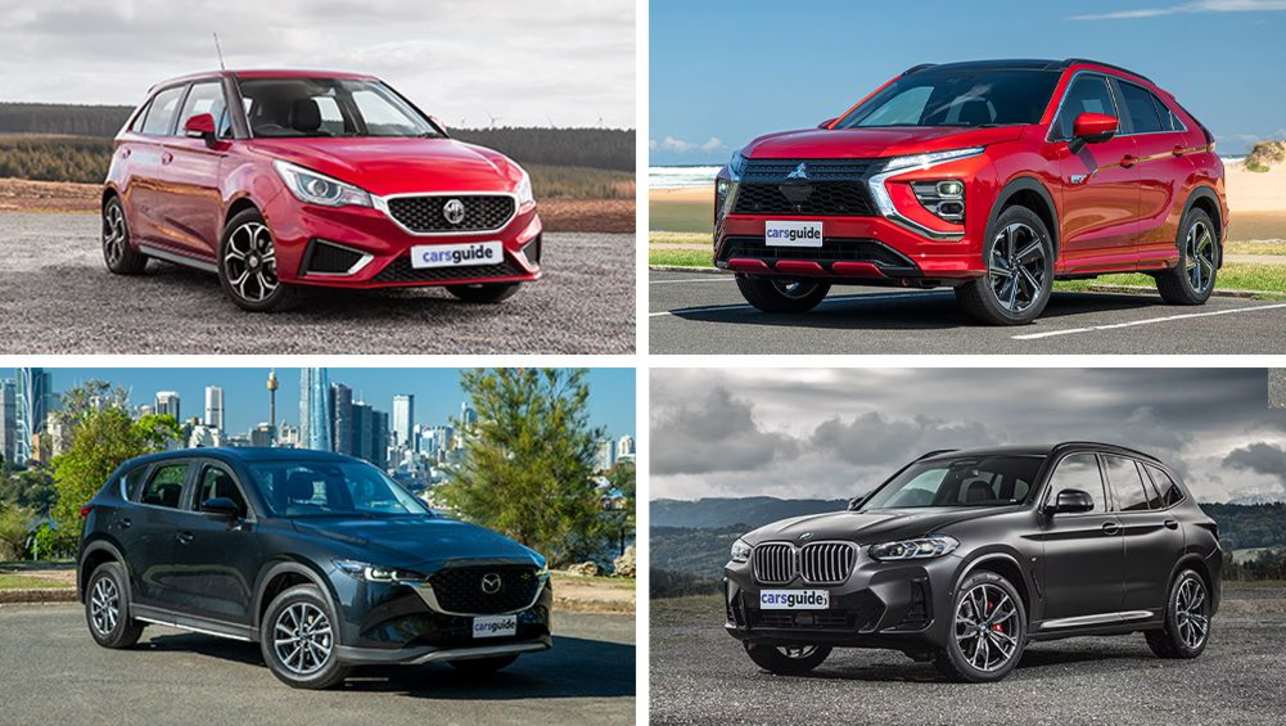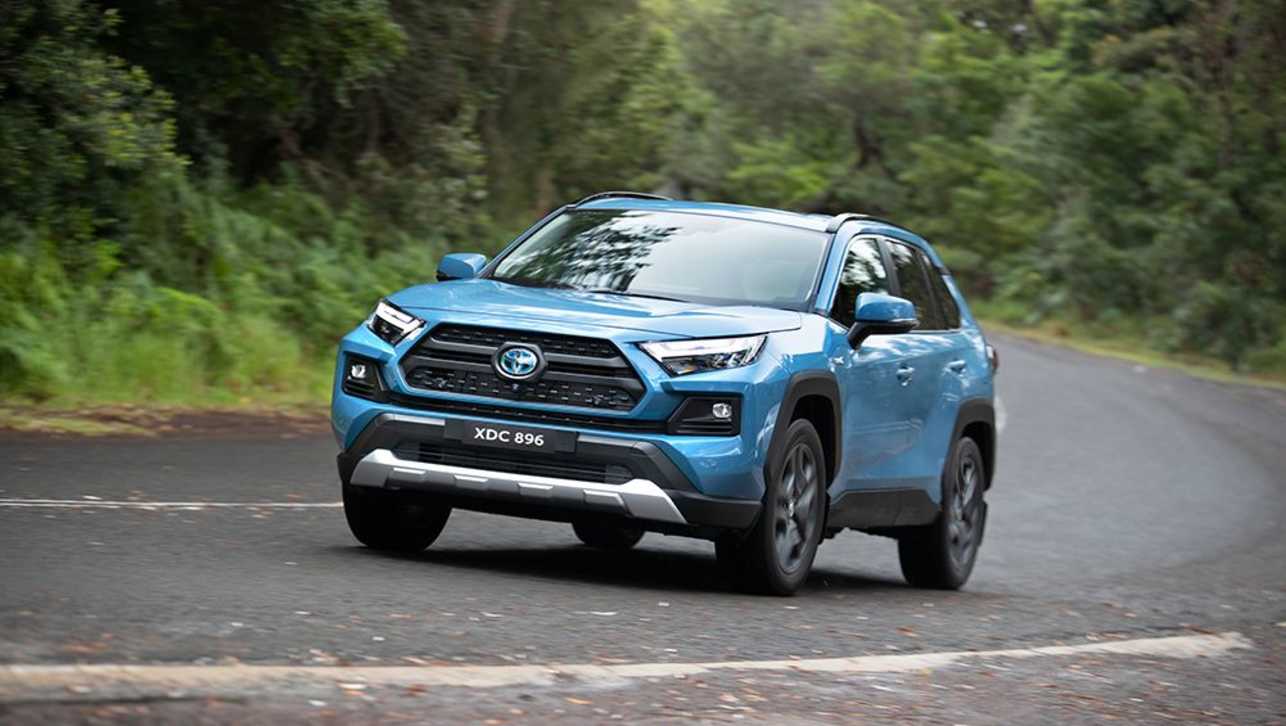For years, bare-bones compact cars have dominated China's roads, but now more and more consumers here are opting for more-upscale vehicles - and that is opening the door for global automakers to bolster profits in the growing market.
Relative to the China auto industry's massive size, most car companies don't earn nearly as much money in China as they do in countries where buyers demand pricier cars and sports-utility vehicles.
Profits also are slimmer because foreign automakers must team with a Chinese firm to do business in the nation, thus splitting any earnings.
General Motors, for instance, sold more cars in China than in the US last year. It earned $US1.5 billion ($1.45bn) from its Chinese joint ventures, compared with a$US7.2bn profit in North America.
To be sure, the fast-expanding Asian market, and China in particular, has delivered much of the industry's volume growth in recent years.
Most automakers say margins in the region are strong as well: cars sell cheaply, but low-end models are also less expensive to build and labour costs are less than in Europe and the US.
But in a market expected to grow to as much as 30 million vehicle sales by 2020, from 18.5 million last year, auto companies see opportunity in boosting the sticker prices on new cars and trucks.
That dynamic is changing as Chinese consumers amass more wealth and begin to demand cars more like the ones on US and European roads, with additional options, space and safety features.
The new wave of offerings will be on display this week at the Beijing auto show, where many automakers will exhibit luxury cars, larger sedans and SUVs.
"We expect our profitability to be more balanced than it is,'' Kevin Wale, GM's China chief, said during an interview yesterday. Ford yesterday said it would bring new SUVs to the Chinese market: the Kuga, a Chinese version of the company's Escape compact SUV; the small EcoSport; and the larger Explorer.
Italy's Fiat, known primarily for small vehicles in Europe, plans to re-enter the China market with a new midsize sedan. GM, which is bringing new Cadillac vehicles to China, will use the show to display the brand's luxury Marquis model.
Mr Wale said GM expected margins to grow as it moved towards higher-end cars. Cadillac was still a minor player in the lucrative Chinese luxury market, where cars such as the Mercedes S-Class from Germany's Daimler can sell for more than $US200,000, a price that includes China's luxury-imports tax.
Squeezing more profits out of China won't be easy. Competition is intense and growing as more firms rush to cash in on China's expanding vehicle market. Mr Wale said sales growth was likely to be a bigger driver of profitability than a richer mix of vehicles. Demand for pricier vehicles, he said, was "not a silver bullet that will lead to an explosion in profitability''.
Though Chinese consumers are being drawn to more-upscale vehicles, their preferences are still far different than those of US or European consumers. The SUVs now on sale in China are small, such as the CRV from Japan's Honda, and there is virtually no market for the big pickup trucks and SUVs that drive profits at Detroit's automakers in the US.
At a Ford dealership outside Shanghai, the most popular model by far is the Focus compact car. Hu Jun, a salesman at the store, said the Focus, which cost about $US16,000, often appealed to young families or couples buying their first car. Shoppers buzzed around the Focus and a smaller Fiesta on Saturday, while a lone Ford Edge SUV - costing about $US57,000 - drew no interest.
The salesman said he was eager for Ford to put its smaller SUVs in stores, and Ford expected those vehicles to hold more appeal to consumers on a budget. Huang Yi, chairman of Zhongsheng Group, one of China's largest auto retailers, said he saw the ultracheap, high-volume cars that once defined China's market as a shrinking segment.
Though luxury cars were still a small part of the market - about 9 per cent - they were becoming more popular, along with midsize and large vehicles, he said.







.jpg)
.jpg)
.jpg)

.jpg)

.jpg)


.jpg)

.jpg)
.jpg)


.jpg)




Comments